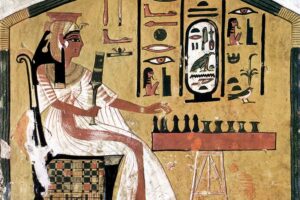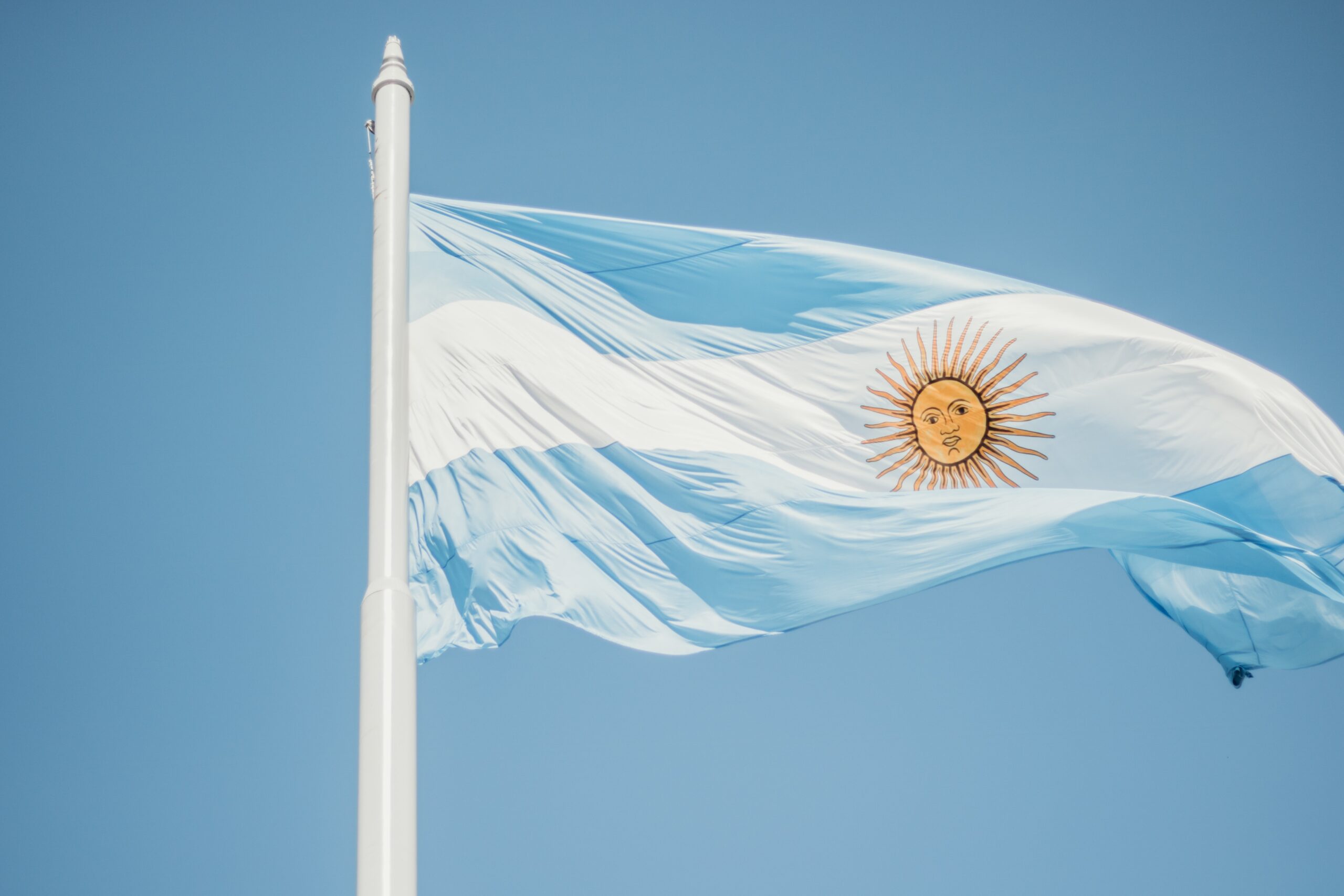24 cameras took photos of galloping horses
High shutter speed cameras did not yet exist when the pioneers of photography attempted to create live images. Therefore, the photographers had to use their imagination when they wanted to take many photos in a few seconds.
When Eadweard Muybridge set out to photograph a galloping horse in 1878, he set up 24 cameras in a row along a race track in California.
He took the pictures by stretching a thin thread over the track for each camera. When the horse broke the thread, the camera took one picture. This worked well for him, and Muybridge was the first to show that all four of the horse’s legs do not touch the ground when it is galloping.
Muybridge also invented the so-called zoopraxiscope, the world’s first real projector.
12 images per second
The Frenchman Étienne-Jules Marey was also fascinated by the movement of animals and in 1880 he invented the chronophotographic gun , a camera shaped like a rifle.
The apparatus “shot” twelve images in one second so that Maris could study the beat of birds’ wings and the rapid movements of athletes.
The invention was a great inspiration to the Lumiére brothers and in 1895 they introduced the cinematograph and later people all over the world started going to the cinema.









